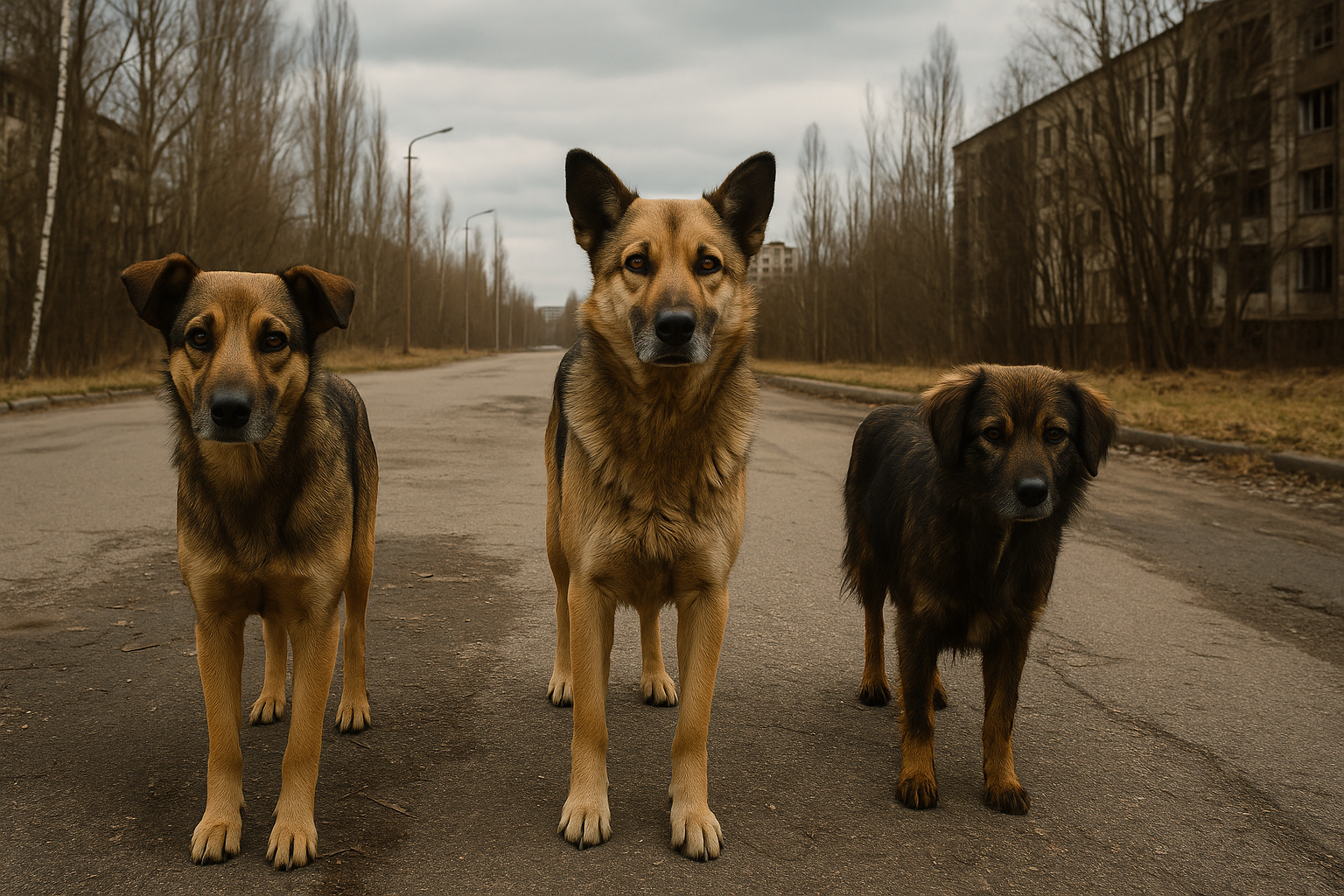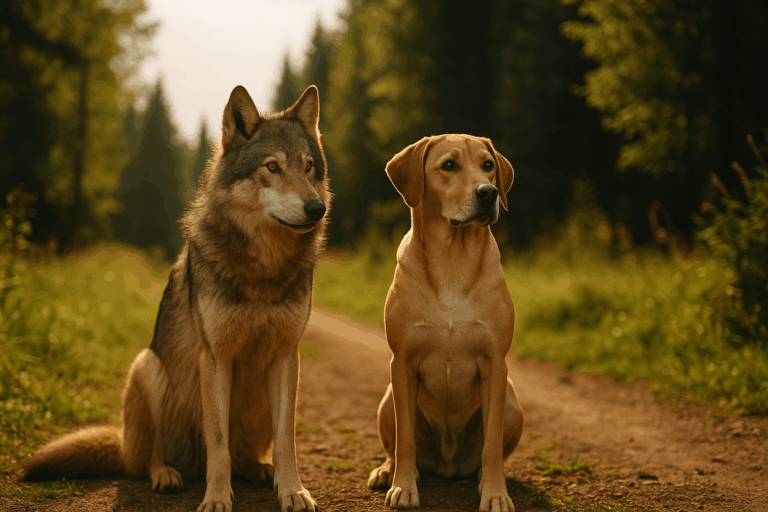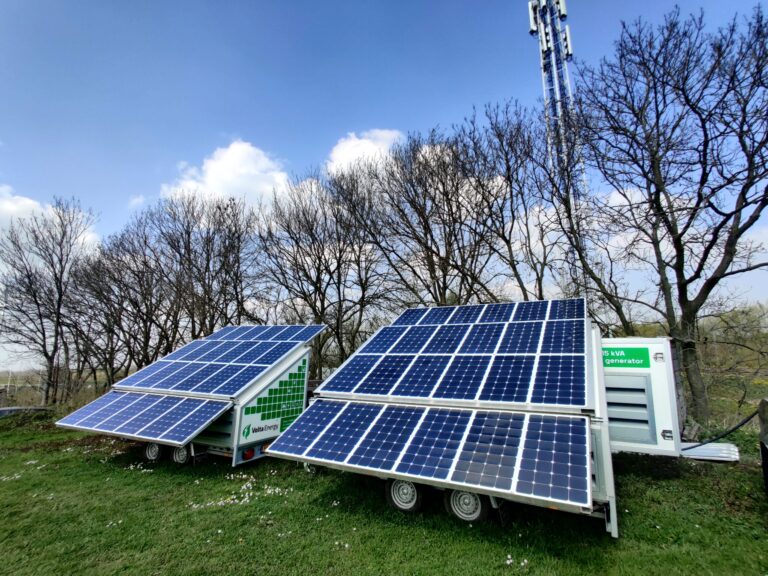
Ghost Town Guardians
In the aftermath of the 1986 Chernobyl nuclear disaster, a haunting silence enveloped the abandoned city of Pripyat.
Yet, amidst the decaying structures and overgrown streets, life persisted.
Among the most poignant survivors were the dogs left behind by fleeing residents.
These animals, once domestic companions, adapted to the harsh realities of the exclusion zone, forming packs and carving out a niche in this radioactive wilderness.
A Study in Resilience
Recent studies have shed light on the remarkable adaptability of these canines.
Researchers analyzing the DNA of over 300 dogs within the exclusion zone discovered significant genetic differences compared to dogs living just 10 miles away.
These findings suggest that the Chernobyl dogs have undergone rapid evolution, potentially developing unique traits to cope with the high-radiation environment.
Life in the Exclusion Zone
Surviving in the Chernobyl exclusion zone is no small feat.
These dogs face extreme winters, scarce food sources, and lingering radiation.
They often rely on scraps from workers and visitors, and many have formed packs for protection and companionship.
Despite the challenges, some have even bonded with humans, showcasing their enduring social nature.
Genetic Insights and Mutations
The genetic studies have revealed 391 outlier regions in the genomes of these dogs, indicating areas that differ significantly from other canine populations.
These regions may be associated with adaptations to the radioactive environment, though further research is needed to understand their exact functions.
Scientists believe these genetic markers could help us learn how long-term radiation exposure impacts mammals.
Diet and Survival Strategies
In the absence of regular human care, Chernobyl’s dogs have adapted their diets to survive.
They scavenge for food, relying on what they can find in the abandoned city and what is provided by occasional human visitors.
This opportunistic feeding behavior is a testament to their resilience and adaptability.
They eat whatever they can: rodents, garbage, and sometimes small wild animals.
A few are fed by sympathetic plant workers or tourists, but most fend for themselves.
Lifespan in the Zone
While domestic dogs often live between 10 to 13 years, the lifespan of Chernobyl’s dogs is influenced by numerous factors, including radiation exposure, food scarcity, disease, and extreme weather.
Despite these challenges, the continued presence of multiple generations indicates a surprising level of survival and reproduction.
Some dogs live for only a few years, while others beat the odds and grow old within the zone.
A Living Legacy
The dogs of Chernobyl stand as a living testament to nature’s resilience.
Their ability to adapt and thrive in one of the most inhospitable environments on Earth offers valuable insights into survival, evolution, and the enduring bond between humans and animals.
As research continues, these canines may help us understand not only the impacts of radiation on living organisms but also the broader implications of environmental disasters on wildlife.
And in their eyes—wild yet watchful—you can still see the spark of the companions they once were, and perhaps still are.




